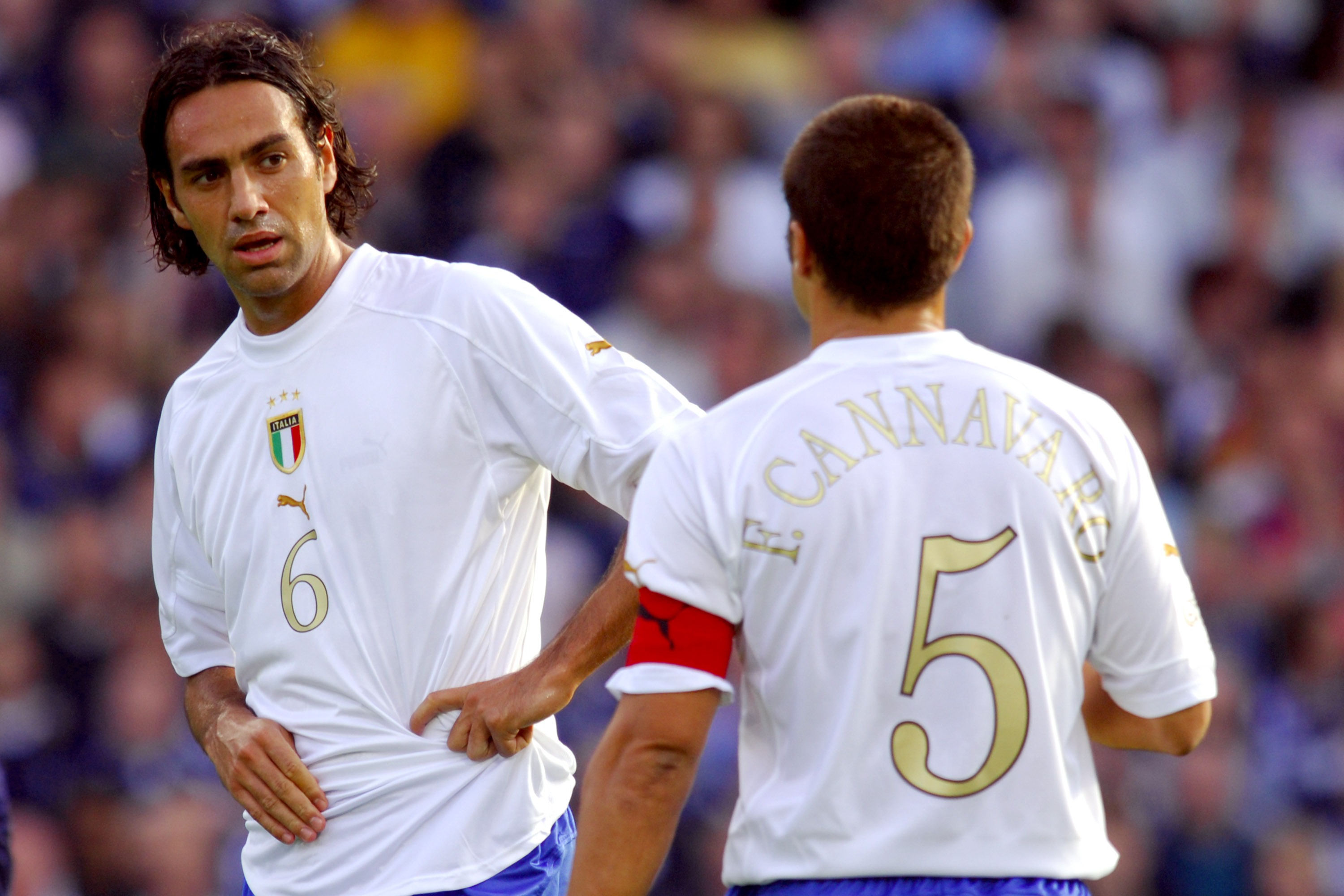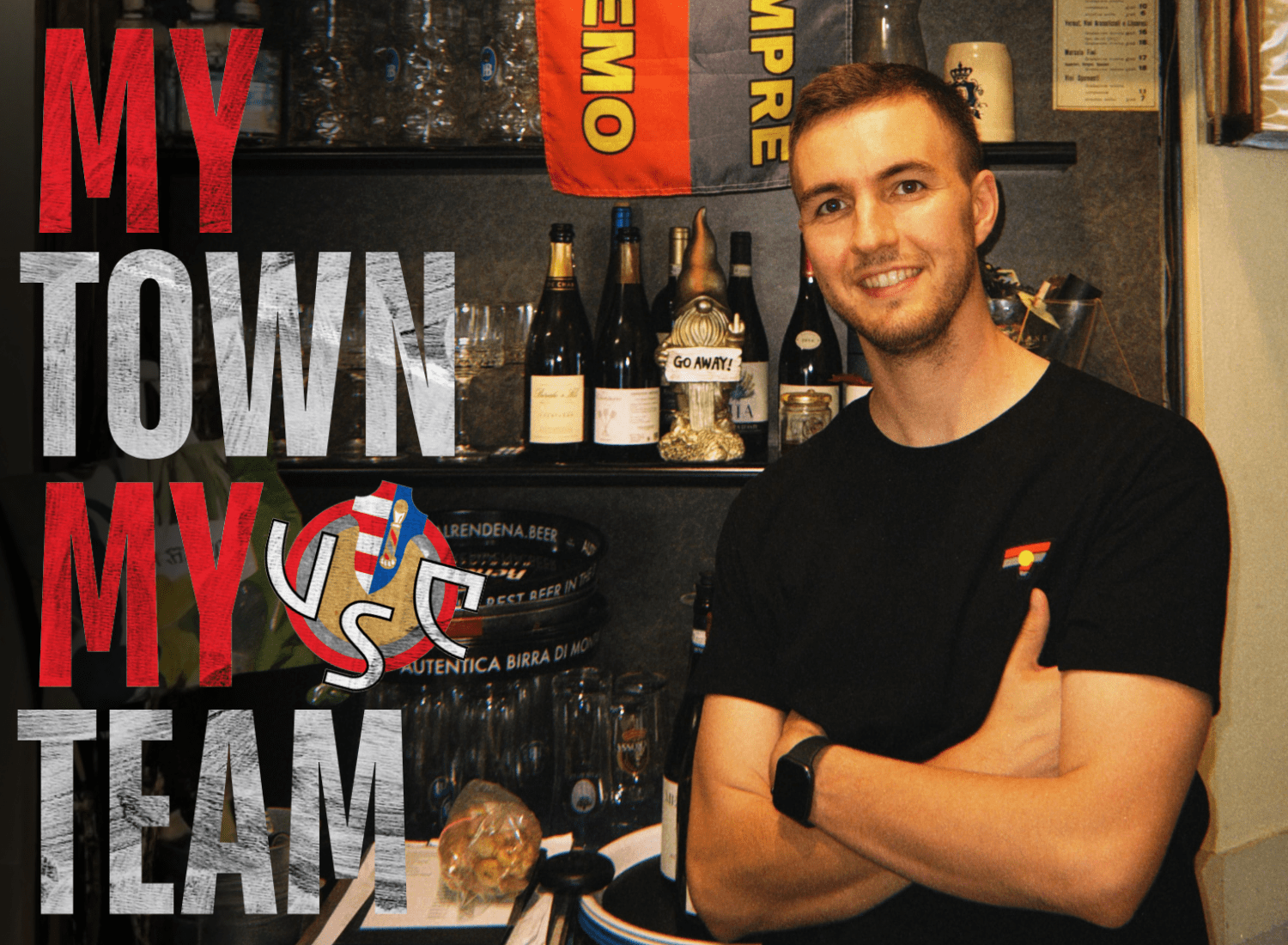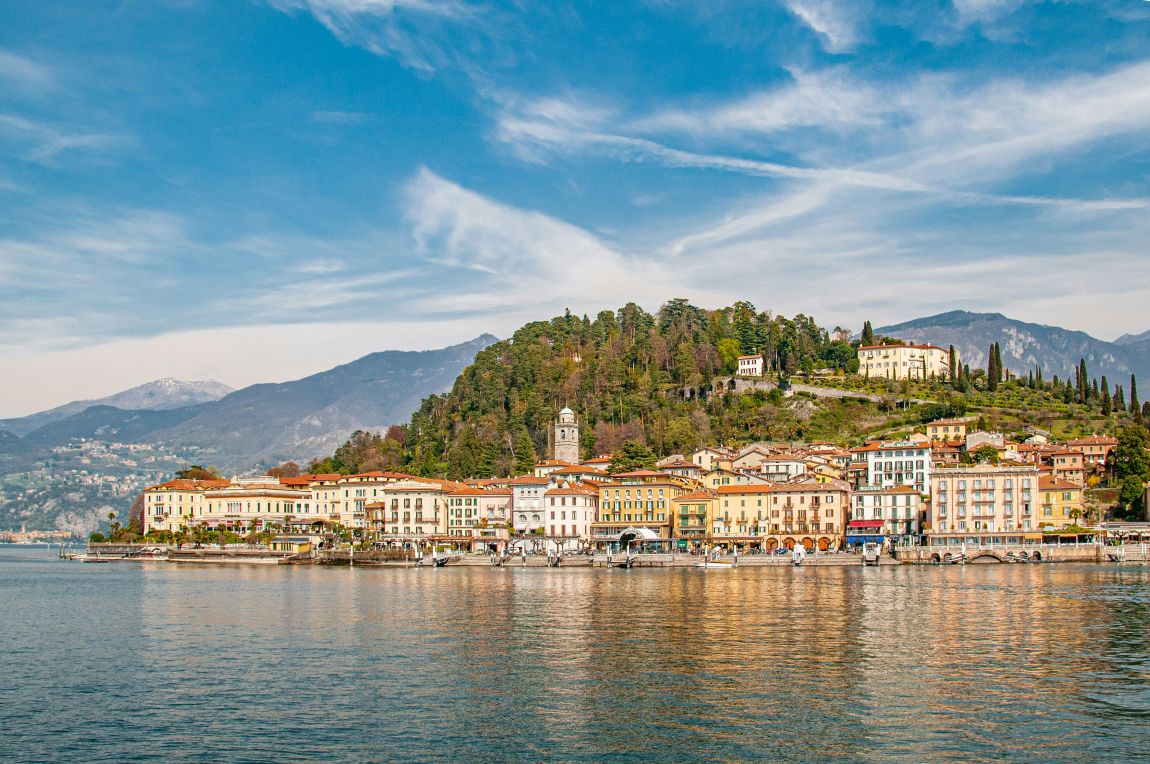
Giovanni Leoni’s Parma Exit Another Example of Serie A’s Ailing Financial Power
By Emmet Gates
It was the kind of transfer that wouldn’t have happened 20 years ago, but Liverpool’s capture of Parma wunderkind Giovanni Leoni in a €35m deal is testament to a shift in the football landscape decades in the making.
Leoni didn’t necessarily have a breakout season, more a breakout three months. Just 18 years of age and born after Italy won their last World Cup, the defender was on the bench for the majority of the season as Fabio Pecchia preferred other options.
Yet the dismissal of Pecchia and the arrival of Cristian Chivu in early spring changed all that. Leoni became an automatic first choice under the Romanian, and 11 promising appearances under Chivu later he’s been whisked off to the riches of the Premier League.
“Why is it so complicated to buy a €40m defender for an Italian club, and yet Liverpool didn’t flinch?” Bemoaned Arrigo Sacchi in his La Gazzetta dello Sport column this week.
Several Serie A sides had a sniff at Leoni, most notably Inter, but most couldn’t justify the cost of spending €40m on an 18-year-old with less than 20 Serie A games under his belt. The Italian game simply lacks that kind of capital in 2025.
With money scarce, clubs at the upper end of the Italian pyramid need to be more measured when buying talent. Forking out €40m for Leoni would’ve been considered too much of a gamble.
“I’m happy that an Italian player is receiving interest from a major club like Liverpool, but I wish AC Milan or Inter, Juventus, or Napoli were competing for his transfer, not a foreign club,” continued Sacchi.
There was a time when Leoni wouldn’t have left Italian shores. Had this been 1995 or 2005, Leoni would’ve signed for one of the big three, or perhaps even would’ve remained at Parma for several more years.

We saw this with Fabio Cannavaro, who remained at the Gialloblu until he was 29 and then was snapped up by Inter. Alessandro Nesta, Rome born and bred, remained with Lazio until he was sold against his will at the age of 26. Nesta moved to Milan.
Giorgio Chiellini and Leonardo Bonucci, arguably two of the last great Italian defenders, remained in Italy throughout their prime. Chiellini went from Fiorentina to Juventus, and Bonucci Bari to The Old Lady.
Italian players with real currency remained in Italy. This is no longer the case.
This summer it’s Leoni, last summer it was Riccardo Calafiori, the summer before it was Sandro Tonali. Serie A is continually losing its brightest talent.
This will, contrary to belief, not damage the Italian national side, but it does harm to Serie A.
A cursory glance at the top deals done in Serie A this summer makes for somewhat depressing reading. The top five transfers are all players leaving the league, with the biggest incoming being Milan’s move for Ardon Jashari from Club Brugge.
While the Premier League continues to pull away from the rest of Europe, leaving a meteor-sized whole in its wake, Serie A’s growth resembles a mild swelling, at best.
Brand Finance, a brand valuation consultancy, recently released a study showcasing the most valuable football teams in the world. While Inter have increased their value due to the Nerazzurri’s run to the Champions League final, not a single Serie A club cracked the top 10.
Juventus, of course, lead the way with a valuation of €505m, but that figure is down 13% compared to a year ago, and the 36-time Italian champions are some €300m behind Tottenham, who are placed 10th.
The report comes in a week where Uefa head honcho Aleksander Ceferin again slammed the dire state of Italian stadia.
Speaking during the European Super Cup in Udine, Ceferin was adamant that change is required. “To be honest, I’m not exaggerating when I say that your infrastructure is terrible,” said the Slovenian.
“The government and municipalities need to do something,” he added.

Italy’s October 2026 deadline to nominate five stadiums ready for hosting duty at Euro 2032 isn’t a million miles off and, as it stands, only Juve’s Allianz Stadium is fit to host any games.
With bureaucratic tentacles, and objections from citizens on every imaginable issue, strangling projects to a complete standstill, there is now a real possibility Italy could be stripped of hosting duty in 14 months’ time.
Serie A’s TV deal will remain stagnant at domestic level until 2029. Abroad, things are worse, with the accumulative value of the league’s international rights increasing slightly, yet still nowhere near the might of the Premier League or even La Liga. Moreover, major markets like India have no Serie A broadcaster and rights in the UK and Ireland passed around like a hot potato from one year to the next.
Until new stadiums are built, Serie A will continue to lose local talent each and every time a side from England comes calling.
The league has all the makings to be Europe’s second-best league. Even in it’s current state, it’s one Ceferin admits he enjoys watching the most. Yet the visual product resembles a late ‘90s indie film made on a shoestring budget.
So get used to seeing the likes of Tonali, Calafiori and Leoni leave, because the exodus won’t stop.
Related Articles
Related Articles
We get a local take on what's hot in Cremona - where to eat and drink, sights to see and handy hints that might not be in the tourist guides.
The Artemio Franchi will always be the main reason calcio fans head to Florence but there is one other thing that must be on the to-do list.
After the final whistle is blown at Stadio Giuseppe Sinigaglia, there is no better place to unwind than Bellagio.




